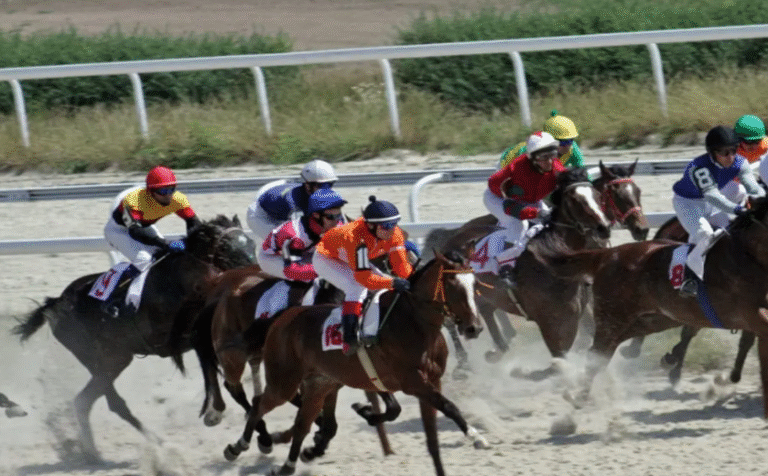A Deep Dive Into the Art of Horse Race Handicapping
Horse race handicapping is an intricate blend of skill and strategy. It requires bettors to assess a variety of factors, from horse form to the expertise of jockeys and trainers. Each element plays a vital role in predicting outcomes. Yet, the nuances of track conditions and race dynamics can further complicate the decision-making process. Understanding these components can significantly affect one’s approach, prompting the question: what insights can truly elevate one’s betting acumen?
Understanding the Basics of Handicapping
Handicapping serves as both an art and a science, inviting enthusiasts to delve into the intricate world of horse racing.
Understanding the basics involves mastering betting strategies and odds calculation, allowing bettors to assess potential outcomes effectively.
Analyzing Horse Form and Performance
Evaluating horse form and performance is a cornerstone of effective handicapping, as it allows bettors to gauge a horse’s potential based on past achievements and current condition.
Analyzing form cycles reveals the patterns that may predict future outcomes, while performance trends provide insights into a horse’s consistency.
Together, these elements empower bettors to make informed decisions and embrace the thrilling unpredictability of horse racing.
See also: A Beginner’s Guide to Understanding Horse Racing Odds
The Role of Jockeys and Trainers
The intricate dance between jockeys and trainers plays a pivotal role in the success of a racehorse, underscoring the collaborative nature of the sport.
Jockey skills, such as timing and agility, complement trainer strategies that focus on conditioning and race preparation.
Together, they form a dynamic partnership, adapting to the unique strengths of each horse, ultimately influencing the outcome on race day.
Evaluating Track Conditions and Race Dynamics
Understanding track conditions and race dynamics is crucial for predicting outcomes in horse racing. The track surface, whether it’s dirt, turf, or synthetic, significantly influences a horse’s performance.
Additionally, weather impact can alter the surface’s grip and speed, affecting race strategy. Handicappers must analyze these factors meticulously to uncover valuable insights, enabling them to make informed decisions and enhance their betting strategies.
Conclusion
In the grand circus of horse racing, where odds are as fickle as a jester’s whim, handicapping emerges as the noble art of predicting the unpredictable. Bettors, armed with spreadsheets and superstitions, don their analytical capes, believing they can outsmart fate itself. Yet, as they sip overpriced drinks and scrutinize past performances, they might just be one lucky penny away from a fortune—or, perhaps, a delightful plunge into the abyss of dashed hopes and empty wallets.



